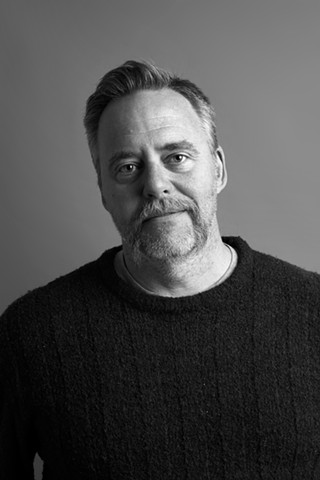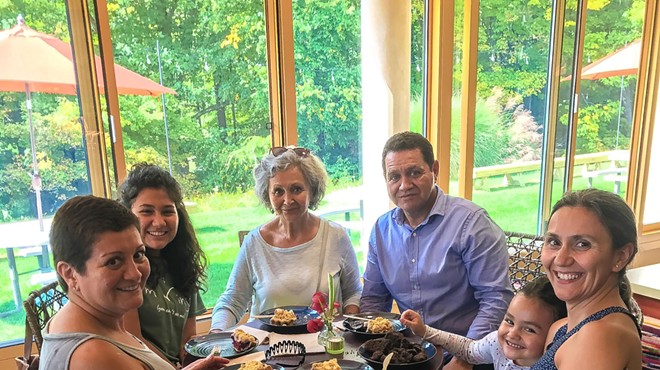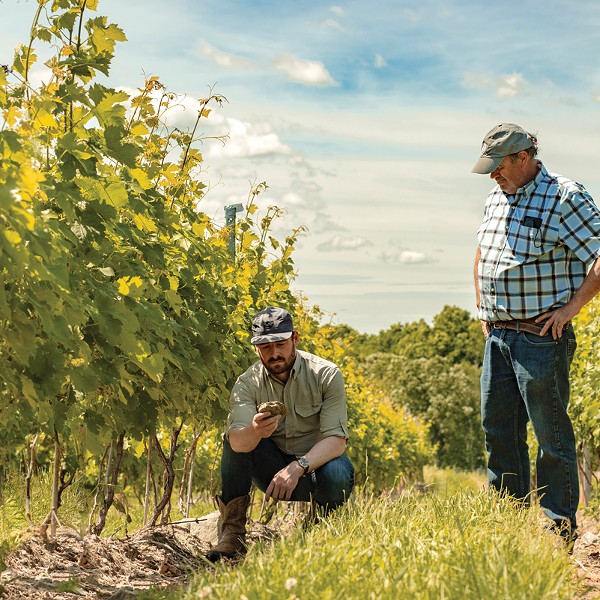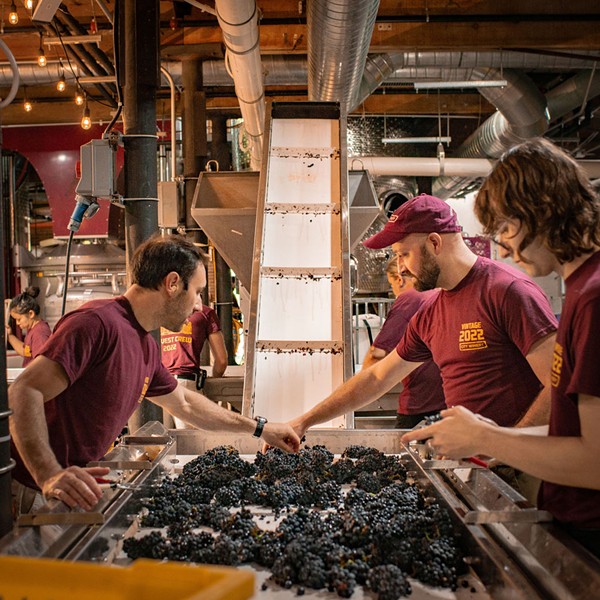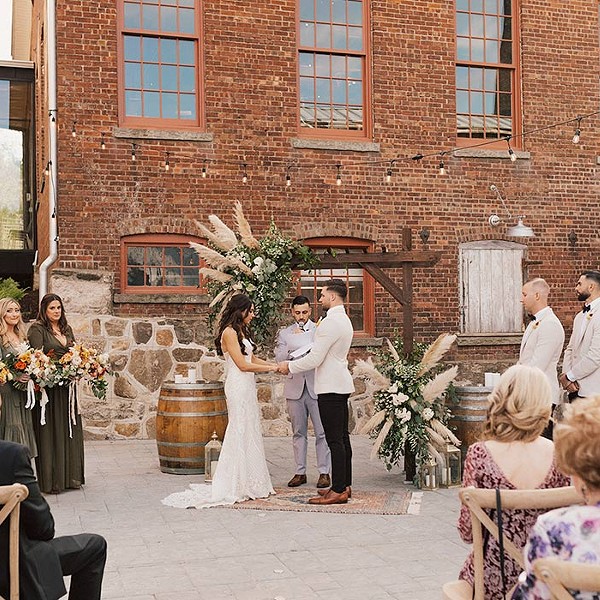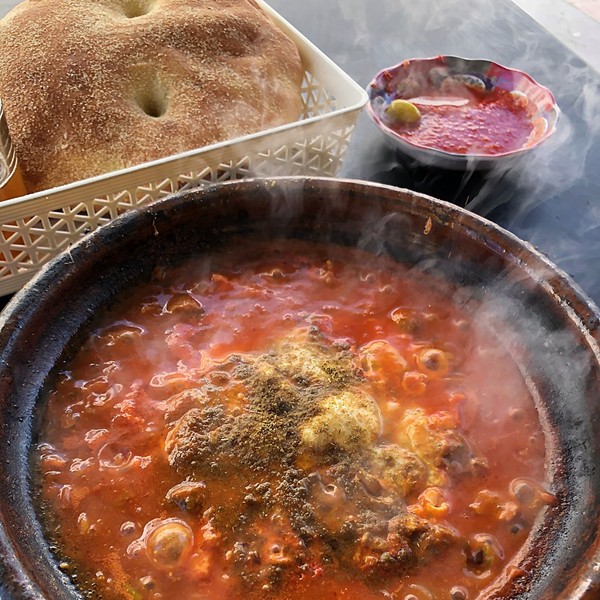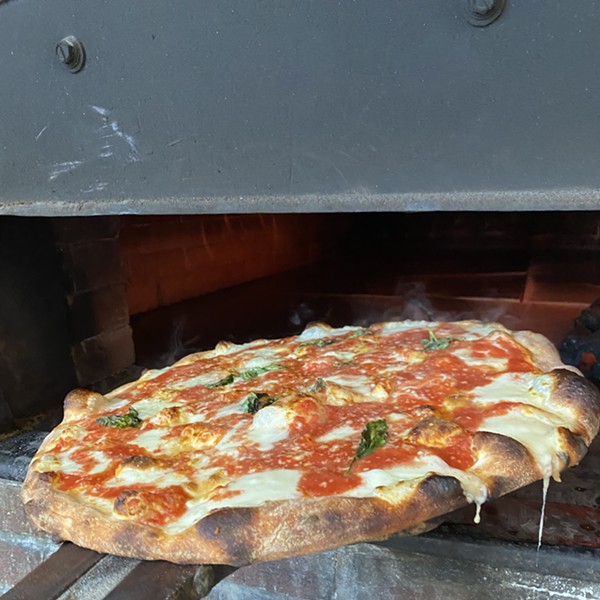(Rosenthal has an uncanny ability to remember the name and taste profile of almost every wine he’s ever tasted, made clear to me in our conversation by his detailed recall of the more than dozen bottles of Opus One—a California Cabernet Sauvignon blend that sells for upwards of $150 a bottle—that he’s tried and intensely disliked, describing it as possessing “the odd quality of being under ripe and overripe at the same time.”)
Barthod became one of Rosenthal’s first suppliers—and mentors—until Barthod passed away a few years ago. Now Barthod’s daughter Ghislaine runs the business. Such is the nature of the age-old connection between family, land, and history in the greatest wine-producing regions like Burgundy. The Barthod family’s wines continue to be included in the portfolio of Rosenthal Wine Merchants, along with 90 other small producers in France and Italy who estate bottle their wines.
Only one New World producer is counted among the suppliers Rosenthal represents, Tulocay Winery in the Napa Valley, another early addition to his portfolio. When asked why he doesn’t carry more New World wines, Rosenthal explained that in his opinion, most of the wines produced in the US didn’t express their terroir correctly. He curtly dismissed the aspirations of the up-and-coming winemaking region of Washington State as an example: “They should be growing interesting apples in Washington State,” Rosenthal said, adding a less charitable comment about the wines of the Hudson Valley. “I don’t think this is a good area for making wine,” he said. “That may offend some people. It’s great apple country, but I don’t think you can make great wine here. Just because you can, doesn’t mean you should.”
The wine cellar underneath Rosenthal’s house is 30 feet long, 15 feet wide, and almost 10 feet high. Loose gravel covers a dirt floor. The barrel ceiling is made of wood, as are the thick, rough-cut shelves housing his personal stash of 20,000 bottles. The collection is drawn mostly from producers within the Rosenthal Wine Merchant portfolio, but there are other treasures here as well, including one small section devoted to the great Californian reds of the 1970s—I spotted a ’74 Mayacamas and a number of bottles of the legendary Heitz “Martha’s Vineyard”—an era Rosenthal considers the pinnacle of Napa and Sonoma’s greatness. The chill in the room is naturally constant year-round, a crisp temperature in the mid-‘50s. Also stored here are scores of jars of homemade tomato sauce, made from heirloom tomatoes that Rosenthal and his wife and business partner Kerry Madigan grow on their property. They jar 100 liters of tomato sauce at the end of each summer, enough Rosenthal says, “to guarantee we can eat our own tomato sauce twice a week all year.” In addition to tomatoes, Rosenthal and Madigan raise chickens and grow garlic, asparagus, melons, potatoes, and a dozen other vegetables. Rosenthal has been raising bees for the past few years as well, packaging the honey under the Mad Rose label and selling it through his website. Madigan refers to their efforts in the soil as “extreme gardening.”
Our visit with Neal Rosenthal concluded with a sit-down in his newly remodeled dining room, one wall thrown open to the rolling hills of the Shekomeko Valley by floor-to-ceiling windows. He served us a selection of cheeses from Rubiner’s in Great Barrington—the standout being a five-year-old Parmigiano-Reggiano studded with salty granules testifying to its age—and a bottle of the 1992 Pouilly Fuissé from the “Les Ménétières” vineyard of the Ferret family. The Ferrets have cultivated the same land in Burgundy since 1760. Madame Ferret, the family’s matriarch, who died shortly after the harvest of the ’92 grapes, has a chapter of Reflections devoted to her. To Rosenthal, Madame Ferret was the physical embodiment of terroir, and her ’92 Pouilly Fuissé is evidence of the fact. I tasted notes of honey, a crunchy nuttiness, and clean mineral tones. A heady aroma of mountain herbs swirled in the glass long after the wine was gone. This wine, more than 15 years old, possessed untold subtlety compared to the young, less expensive stuff I quaff on a regular basis.
After we all expressed our admiration for Madame Ferret’s alchemical skill in turning fruit into liquid gold, Rosenthal said, “I don’t serve this wine because I’m an elitist. This is about understanding that if you’re not exposed to what this can be, then you’ll never be able to hope to bring it into your life. It’s not a matter of spending a lot of money. It’s a matter of appreciating that maybe it is worth it to spend $50 on a bottle of wine, because this is what happens to it.”







